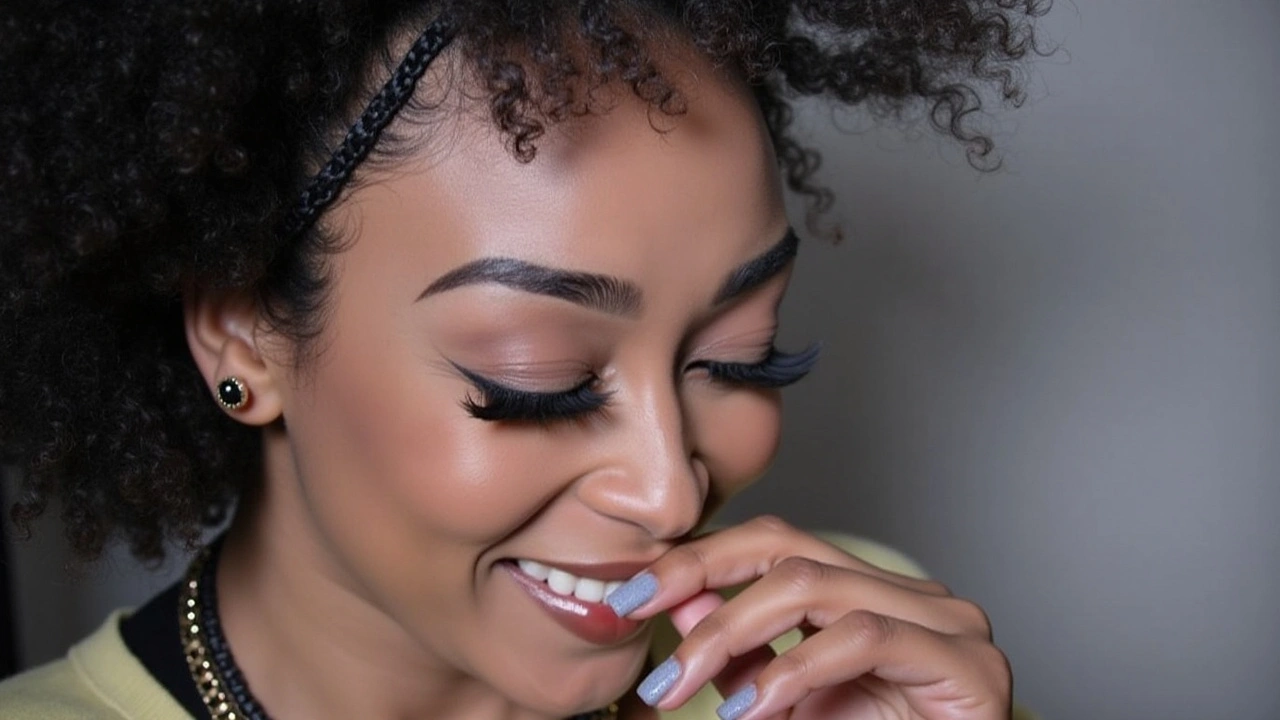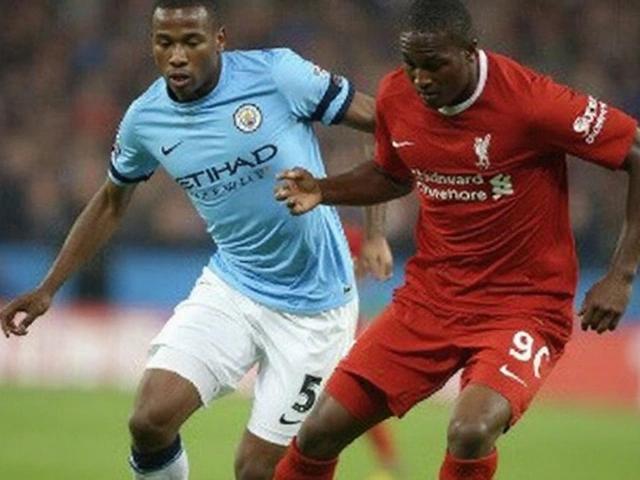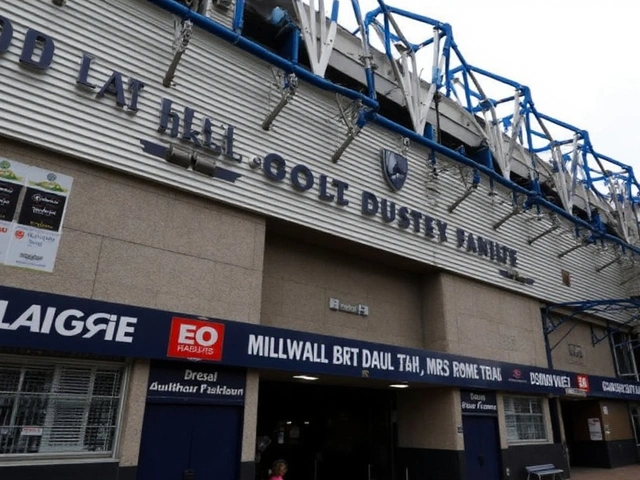Nose Job: What to Know Before You Book
Thinking about a nose job? Good—this is one procedure where homework matters. Rhinoplasty can change your look and your breathing, so you want clear facts, not hype. Below I’ll walk you through the main types, what recovery really looks like, common risks, rough costs, and the key questions to ask a surgeon.
Types and what they fix
There are two main surgical approaches: open and closed rhinoplasty. Open gives the surgeon more visibility and is often used for major reshapes. Closed uses internal cuts and can mean less swelling and faster early recovery, but it’s not right for every case. Then there’s septoplasty—done to fix a deviated septum and improve breathing. If you want subtle shape changes without surgery, non-surgical rhinoplasty with fillers can smooth bumps or lift a tip but won’t reduce size or fix breathing problems.
Think in terms of goals: do you need better breathing, a smaller bridge, a changed tip, or all three? Tell your doctor which single change will make the biggest difference for you; that helps set realistic plans and expectations.
Recovery, risks, and choosing a surgeon
Recovery timeline: expect swelling and some bruising for the first week. Most people return to light work after 7–14 days. Noticeable swelling continues to fall over 2–3 months, but the final shape can take 6–12 months. Follow-up appointments are not optional—healing must be checked and measured.
Main risks to know: breathing problems, infection, persistent swelling, asymmetry, and the chance you might want a revision later. Pick a surgeon who treats function and looks together—fixing appearance but breaking airflow is common when cosmetic goals overshadow breathing needs.
Cost ranges vary widely. Non-surgical tweaks with fillers often cost a few hundred to a thousand dollars per session. Surgical rhinoplasty typically ranges from low-cost clinic prices to premium surgeon fees—roughly $2,000 to $15,000 depending on location, experience, and whether tissue grafts or hospital stays are needed. Ask for a clear written quote that includes anesthesia, facility fees, and follow-ups.
Questions to ask at your consult: How many rhinoplasties do you perform a year? Can I see before-and-after photos of patients with similar noses? What technique will you use and why? What are the likely complications and how do you handle revisions? What results are realistic for my face and skin type? Do you use 3D imaging to preview outcomes? Also ask about recovery rules: when can I fly, exercise, or wear glasses?
Final practical tips: choose a surgeon with relevant board certification and local hospital privileges. Read patient reviews, check for clear communication, and never rush a decision because of a sale or package. If you smoke, stop weeks before surgery—smoking raises risks and slows healing. Want a second opinion? That’s normal and smart.
If you’re ready, book a consultation that focuses on both function and shape. The right surgeon will give honest limits, a clear plan, and a recovery timeline you can live with.
Khanyi Mbau, a South African actress, has candidly shared her journey through various cosmetic surgeries, including breast augmentations, liposuction, and multiple rhinoplasties. Mbau's openness aims to normalize and destigmatize cosmetic enhancements.
Recent-posts
Dec, 15 2025






